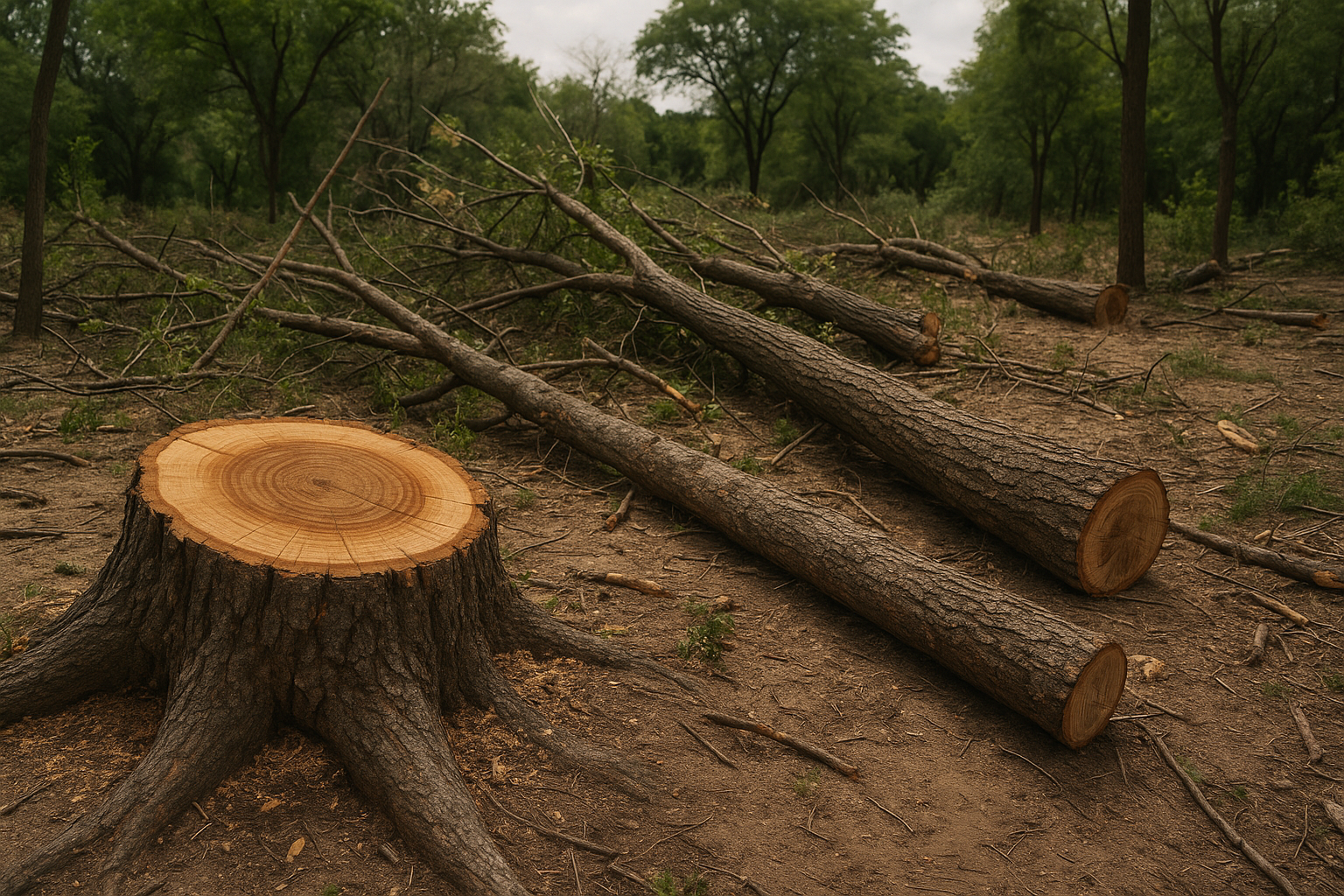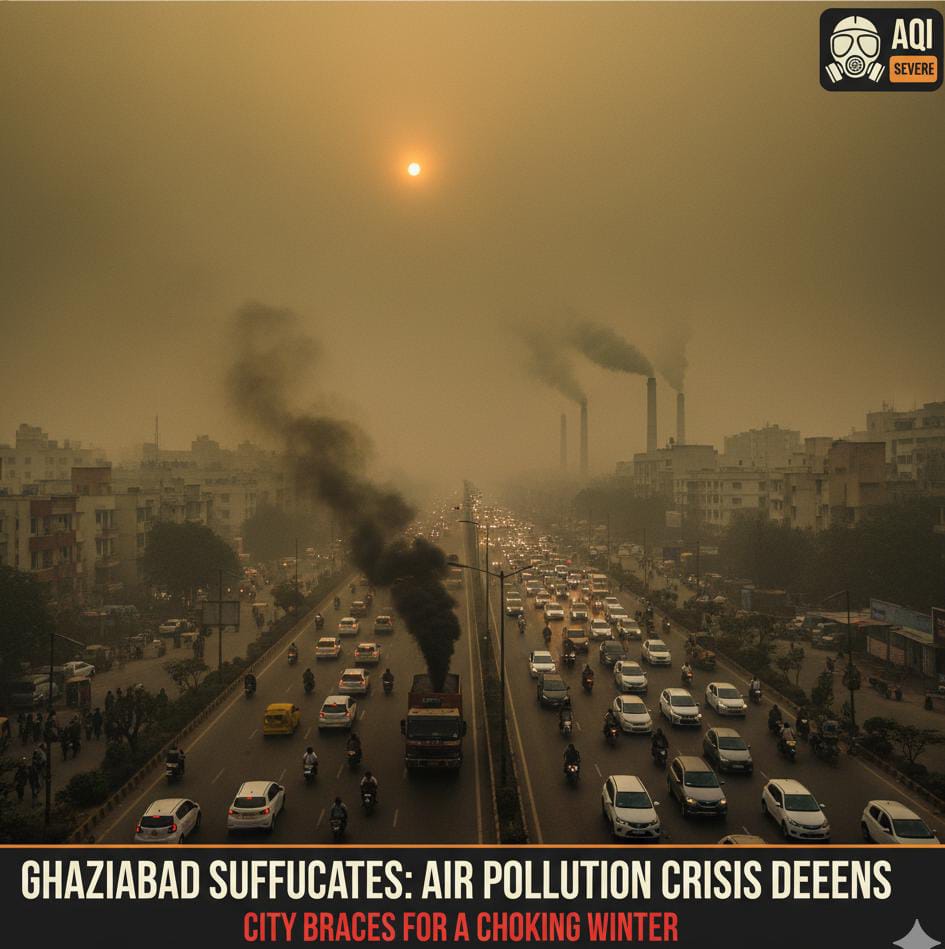
In a troubling revelation before the Supreme Court, Delhi’s Forest Department has confessed that a “fake” permission was issued for the felling of trees in the ecologically sensitive morphological ridge area of Vasant Kunj. This admission came through an affidavit filed in an ongoing contempt case, spotlighting how environmental safeguards are often bypassed in the name of urban development.
At the heart of the matter lies a brazen disregard for India’s forest laws. According to the affidavit, the forged document in question was allegedly used to justify the clearance of trees for a housing project. It bore the name of a senior forest officer, Deputy Conservator of Forests (West Division), but was never officially sanctioned. Shockingly, the forged consent was enough to greenlight the clearing of protected land—an act that violates the Delhi Preservation of Trees Act, 1994 and undermines the judiciary’s repeated instructions to preserve urban forests.
This case is not an isolated lapse but part of a troubling trend across Indian cities. Despite tall promises at global climate forums and repeated declarations of India's commitment to net-zero emissions, the ground reality remains grim: trees continue to fall quietly while bureaucracy and corruption thrive.
The Ridge: Not Just a Patch of Green
The Delhi Ridge—often called the ‘lungs of the capital’—is a critical ecological zone that is part of the Aravalli hill range. The so-called “morphological ridge” includes areas that are ecologically contiguous with the Ridge and enjoy the same environmental protections. Yet, over the past decade, these areas have been slowly eaten up by unauthorized constructions, road projects, and now, apparently, fake paperwork.
Environmentalists like Bhavreen Kandhari, who filed the contempt petition, have been raising alarms about how quickly green areas are being replaced with concrete. These aren’t just trees being felled; what’s being uprooted is an entire micro-ecosystem that supports birds, insects, water retention, and air purification.
Bureaucratic Apathy: Paperwork Over Nature
The affidavit reveals that the forged letter was used by one Rakesh Kumar Sharma, who provided a South Delhi address as proof. When the forest department flagged the issue to the Vasant Kunj police in December 2024, it asked for an FIR to be lodged. The accused denied any wrongdoing, and now, months later, the case is buried in legal delays while the trees are long gone.
Why does this matter? Because such acts, trivialized as bureaucratic missteps, directly sabotage India’s fight against climate change. They also expose the vulnerability of forest governance, where oversight is so weak that permissions for cutting trees can be counterfeited without immediate consequence.
The Pattern of Greenwashing
India often boasts of its efforts to expand green cover through plantation drives, compensatory afforestation, and digitized tree mapping. However, these glossy narratives often hide a darker truth. Plantation cannot replicate the biodiversity of a natural forest. For every 100 saplings planted under compensatory afforestation, barely 40 survive, and even fewer grow into mature trees capable of absorbing carbon dioxide and hosting wildlife.
Cases like the one in Vasant Kunj show how environmental policies in India are often reduced to tick-box exercises, gamed by real estate lobbies and tolerated by toothless implementation agencies. The disconnect between policy and enforcement makes a mockery of India’s climate commitments under the Paris Agreement and other global pacts.
Urban Development vs. Ecological Justice
Cities like Delhi are gasping for clean air. The capital routinely ranks among the most polluted cities in the world. Yet, instead of strengthening green infrastructure, authorities routinely look away as urban forests are fragmented and tree cover shrinks. In the pursuit of development, India’s cities are losing not just trees but also their resilience to climate shocks—heatwaves, flash floods, and urban droughts.
There is a bitter irony in how development projects are fast-tracked, while criminal investigations into environmental violations crawl. When forged documents can be used to cut trees in legally protected zones without immediate checks, it signals a failure of both governance and public morality.
What Needs to Change?
- Digitize All Tree-Felling Permissions: A public, tamper-proof database accessible by citizens, NGOs, and media must be created.
- Fast-Track Environmental Crime Investigations: Police and forest departments must collaborate, and environmental courts should be empowered with more authority.
- Strict Penalties for Forgery and Tree Uprooting: There must be jail terms, not just fines, for developers and middlemen using fake permissions.
- Citizen-Led Vigilance: Encourage local communities to monitor tree felling and reward whistleblowers.
Insightful Take
If India truly wishes to be a climate leader, its cities must stop treating trees as dispensable. What happened in Vasant Kunj is not just about one forged letter—it is about a system that allows green lungs to be slowly choked under the pretext of progress. The question now is not whether we can afford to save our trees. It is whether we can afford to lose them.




.jpeg)





.jpeg)



.jpeg)



.jpeg)
.jpeg)
.jpeg)
